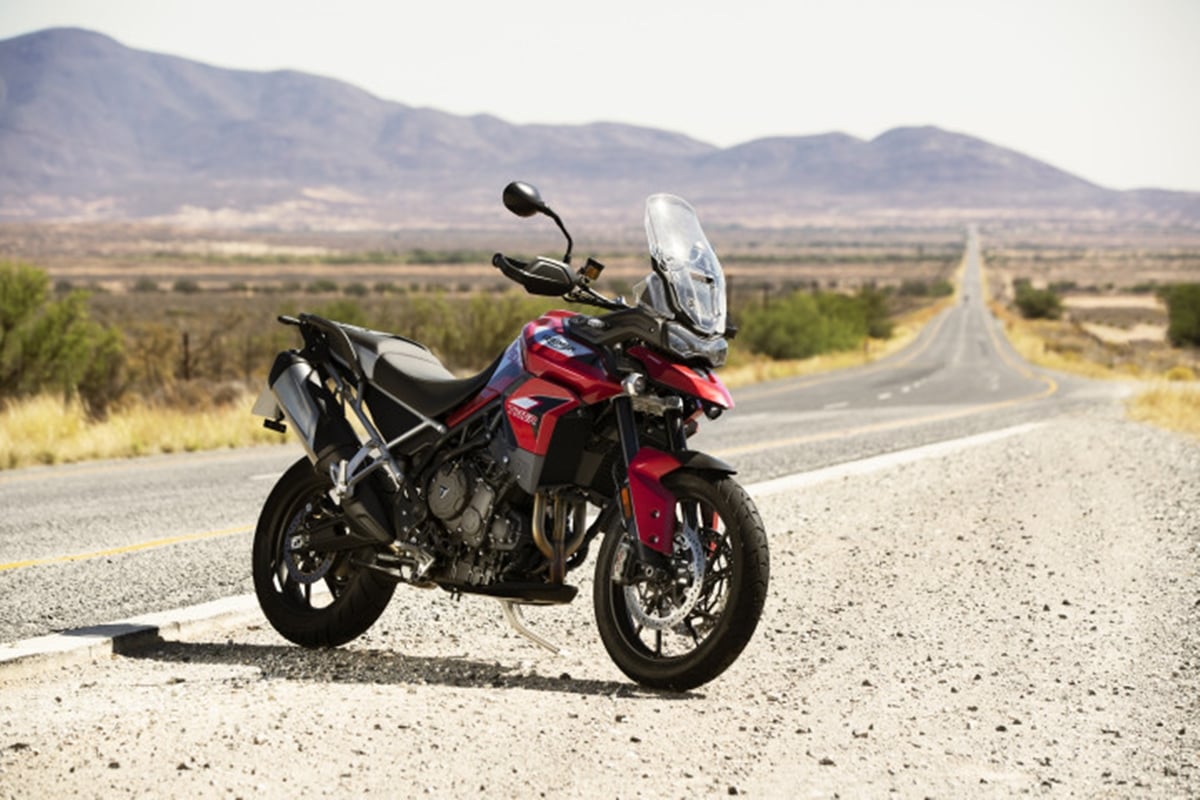The new Triumph Tiger 900 features a brand new heart, heavily updated styling and lots more electronics. It has improved on-road performance and is more capable off the road as well.
After teasing us for quite some time, Triumph has finally unveiled the Tiger 900 at a special event at the Triumph factory in Hinckley, UK. The new motorcycle features a brand new heart, heavily updated styling and lots more electronics as well. Triumph has also revamped the variants of the Tiger lineup. Let’s take a closer look at the 2020 Triumph Tiger 900.
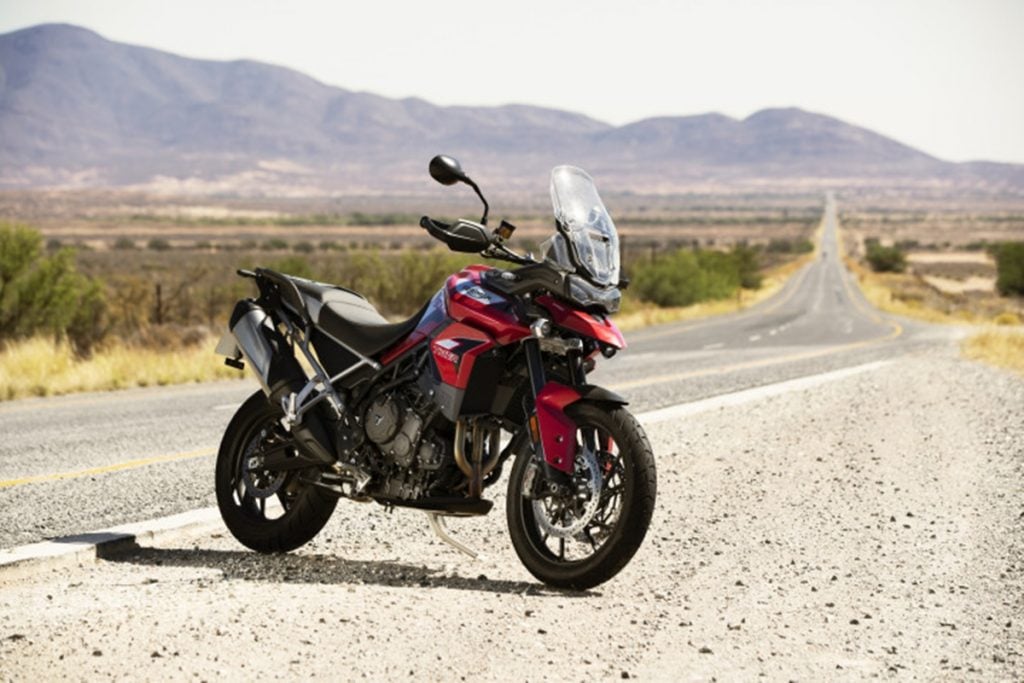
First up, Triumph has discontinued with the XR and XC range of the outgoing Tiger 800 range. Instead the new Tiger 900 range is broadly divided into variants – Tiger 900 Rally with off-road adventure capability, Tiger 900 GT with touring and mild off-road capability, and a base Tiger 900 model. The Rally and GT models also gets the top-spec Pro package which brings more equipment and more capability.
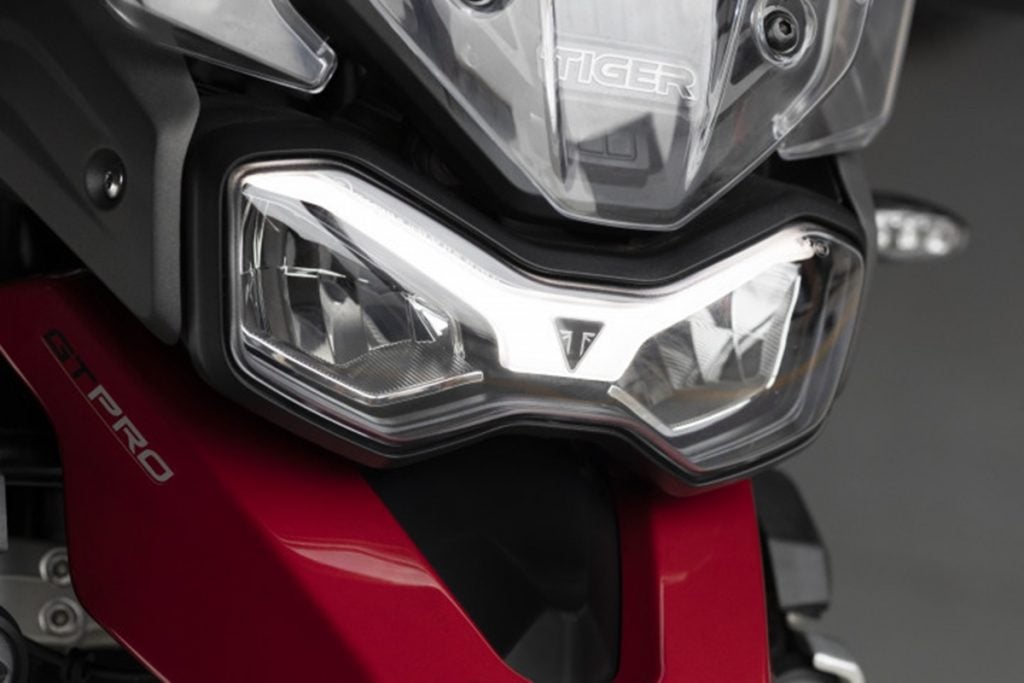
Triumph has used the Tiger Tramontana as design inspiration for the new 900. The motorcycle looks a lot more enduro-ish with its short beak and compact body dimensions. The new LED headlamps are also particularly very attractive. The biggest change is however the new 900cc engine. The inline three-cylinder engine now produces 10 per cent more torque than the outgoing Tiger 800. The power figure however remains identical with the previous model at 94 bhp at 8,750 rpm. It however gets a stronger mid-range with 10 per cent more torque, with peak torque of 87 Nm kicking in at 7,250 rpm.
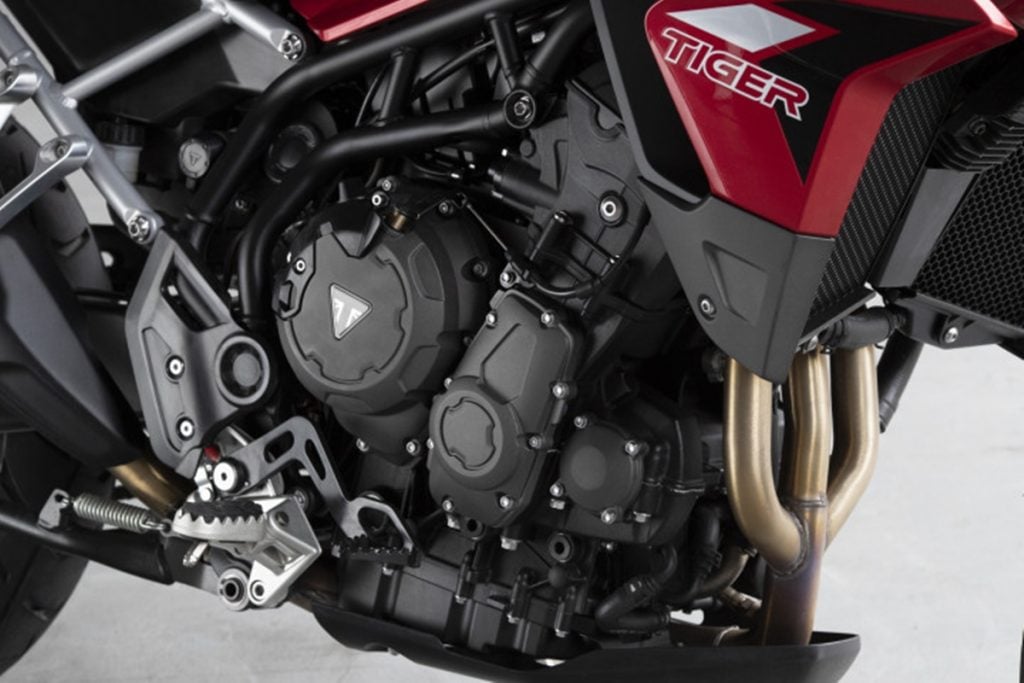
The new engine also has a different firing order – 1-3-2 – compared to the 1-2-3 firing order of the Tiger 800. According to Triumph, this gives the bike more responsive delivery, improved character and a meatier intake howl, and the revamped firing order is said to replicate the strong throttle character and feel of an inline twin at lower revs, while retaining the stronger mid- and top-range power of a triple.
What about the electronic nannies? Well the Tiger 900 gets a new inertial measurement unit (IMU) with ABS and traction control systems on the GT, GT Pro, Rally and Rally Pro variants. The top-spec Tiger 900 Rally Pro gets six riding modes – Rain, Road, Sport, Off-Road, fully customisable Rider and Off-Road Pro modes. The modes alter the throttle map, traction control settings and ABS settings. The Tiger 900 GT Pro loses out on the off-road mode while the Tiger 900 Rally and Tiger 900 GT also miss out on the Rider mode. The base Tiger 900 only gets the Rain and Road modes.
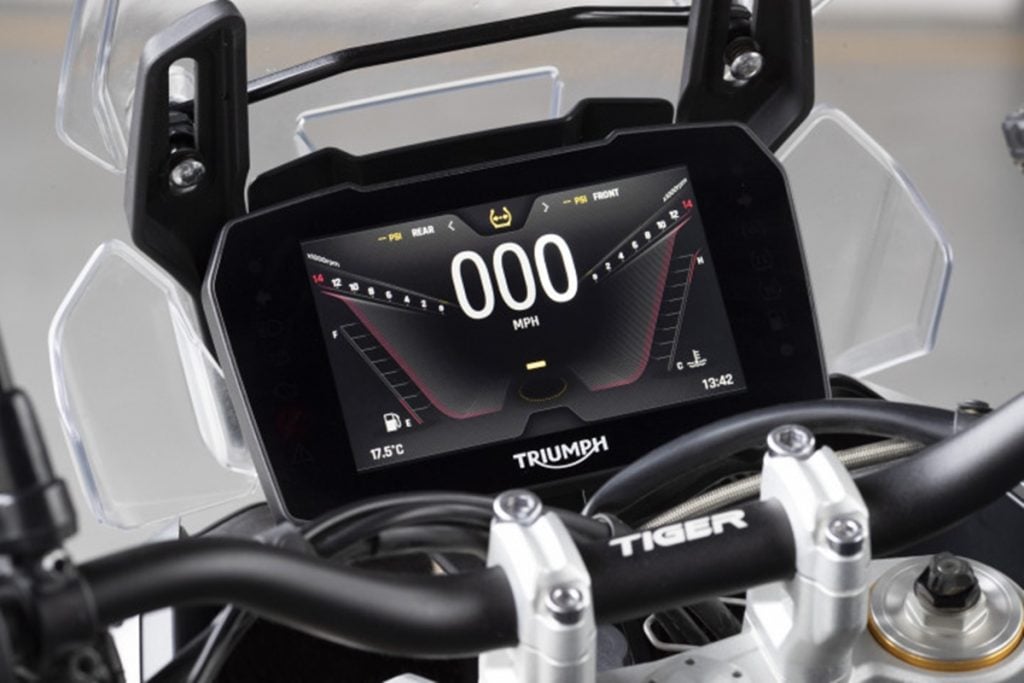
The GT, GT Pro, Rally and Rally Pro also come equipped with backlit switches, cruise control and heated grips. The top-spec Rally Pro and GT Pro models also get heated seats for both rider and pillion, as well as a standard tyre pressure monitoring system. There’s a full-colour TFT screen standard across all variants, but the base Tiger 900 gets a 5-inch screen, while all other models feature a bigger 7-inch screen. The GT Pro and Rally Pro versions also get Triumph Shift Assist, which enables clutchless up and downshifts.
Also Read : BS-6 Yamaha R15 V3 Bookings Now Open For Rs 5000
The GT Pro version also features electronically adjustable rear suspension from Marzocchi, with rear preload and damping settings which can be adjusted through the dash and left-hand switch cube. There are nine levels of damping control on offer ranging from Comfort to Sport, and four preload set-ups. The rest of the range all feature manually adjusted Marzocchi units, while the top-spec Rally Pro variant features Showa manually adjustable suspension.
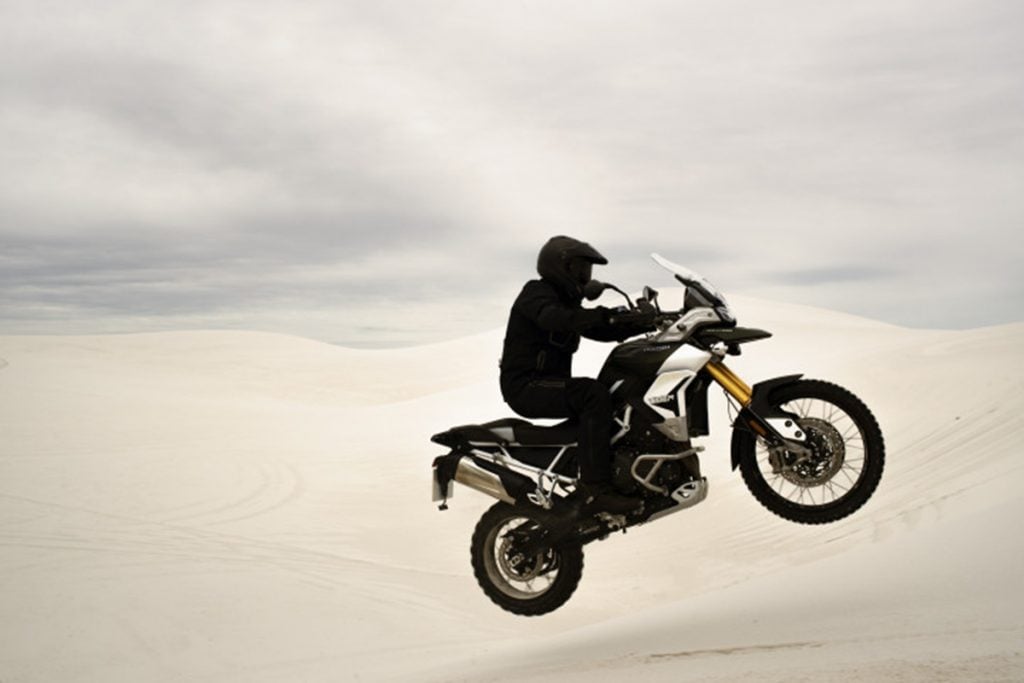
Also Read : Benelli Imperiale 400 Receives Over 4000 Bookings; Highest For Benelli
All variants come with top-spec Brembo stylema four-piston Monobloc calipers. To accommodate the larger new engine, Triumph has used a new steel trellis frame with bolt-on aluminium subframe that makes the Tiger 900 lighter than the Tiger 800. The base Tiger 900 has a dry weight of 192 kg, the Tiger 900 GT weighs 194 kg and the Tiger 900 Rally weighs 196 kg. The new Tiger 900 range will be launched sometime in the second quarter of 2020 in India and we expect the pricing to remain similar to the current Tiger 800 range.

